Pink Gorgonia is a visually striking soft coral known for its intricate, fan like structure and vibrant colouration. It typically forms flat, branching colonies that spread out in a single plane, resembling a lacey sea fan. The branches are thin, flexible, and covered with small polyps that extend to capture plankton from the water.
Please note that the images displayed on our website are intended as a guide only. We have done our utmost to provide the closest representation possible for this type of coral, to help give an idea of what to expect. Corals are living organisms that can exhibit significant variation in colour and appearance due to a range of environmental and genetic factors. For example, the following are a few examples of conditions that can influence how corals look:
- Lighting: The brand, spectrum, intensity, and duration of light play a major role in how corals display their colours.
- Transit: Corals may change colour after being moved. They may either regain their original appearance or adapt to suit their new environment.
- Water Chemistry: Elements such as pH, salinity, and trace minerals can subtly or significantly alter a coral’s appearance.
- Nutrition: The availability and type of nutrients can affect both colouration and growth.
With this in mind, please be aware that actual specimens may differ in appearance
Why Keep Pink Gorgonia.
Soft corals are generally popular for their easy care level. They are generally considered beginner friendly thanks to their hardiness and relatively simple care requirements. Their less demanding nature, vibrant colours and quick grow rates make them superb options for those looking to try their hand at coral keeping.
Habitat and Distribution.
Pink Gorgonia refers to a type of soft coral belonging to the group known as gorgonians or sea fans. Gorgonia generally describes gorgonian corals with pink coloration, often from genera like Muricea, Eunicella, or Pseudopterogorgia. Pink Gorgonia corals are typically found in tropical and subtropical marine environments, with their distribution spanning the Caribbean Sea, western Atlantic Ocean, and parts of the Indo-Pacific region, depending on the specific species. These soft corals inhabit shallow reef slopes, outer reef walls, and underwater ridges, often at depths ranging from 5 to 50 meters. They prefer areas with moderate to strong water currents, which help them capture plankton and organic particles from the water column, as they are passive filter feeders. Pink Gorgonia colonies are often anchored to hard substrates such as rocks, where they form flat, fan-like structures that orient perpendicular to prevailing currents. They thrive in clear, well-oxygenated water, although some species are also found in deeper, less-lit environments.
Symbiotic Relationship.
Like many corals, Pink Gorgonia maintain a vital symbiotic relationship with zooxanthellae, a type of photosynthetic algae that resides within their soft tissues. These microscopic algae live in a mutually beneficial partnership with the coral. Through the process of photosynthesis, zooxanthellae convert sunlight, carbon dioxide, and water into oxygen and organic compounds, such as glucose and amino acids. These compounds are then shared with the coral host, providing most of its daily energy needs.
In return, the coral provides the algae with a protected environment and access to its metabolic waste products, such as carbon dioxide and nitrogen, which the algae use to fuel further photosynthesis. This tight-knit relationship supports the coral’s growth and is responsible for the vibrant colours seen in coral tissue.
However, this relationship is delicate. If environmental conditions become stressful, such as during elevated sea temperatures, poor water quality, or prolonged lack of light, the coral may expel the zooxanthellae in a process known as coral bleaching. This leads to a loss of colour and energy source, potentially threatening the coral’s survival if exposure to stress is prolonged.
Keeping Pink Gorgonia Healthy.
Pink Gorgonia corals are considered easy to care for. They are undemanding and hardy, which make them a good coral for someone who is new to coral. They maybe relatively resilient but are still sensitive to sudden changes in water parameters. Meaning they should be introduced to well-established tanks. Green Pink Gorgonia do require ample space however, as they are fan like and free standing.
Light Level.
These corals prefer moderate to high light levels. Though it is always better to start new corals off in low, indirect light exposure while they acclimate. Avoid direct light or over exposing Pink Gorgonia to light, as this can harm them and cause bleaching. Of course, corals will react differently under different light intensities and under different spectrums. Feel free to give us a call or visit us for advice.
Flow Rate.
Moderate to high water flow is ideal. This helps prevent detritus buildup on the coral’s surface. Corals need to stay clean to prevent them from being smothered. Flow should be sufficient to keep debris off without being too strong to cause retraction of the polyps or soft tissue damage. Pink Gorgonia have thin branches so are more tolerant to stronger flows as they present less surface area so are more streamlined. This makes them good options for the higher areas of he tank that might be too demanding on others. They do need to be able to extend their polyps to feed though so it can be overdone. Avoiding direct flow can help with this.
Feeding.
Pink Gorgonia do well when fed small foods, such as amino acids or powders. If broadcast feeding, be careful not to over do it, as these corals are particular about water quality.
All our corals are fed on Coral foods such as, amino acids and plankton. Target feeding with a pipette or coral feeder helps ensure the food reaches the polyps directly. When feeding coral, it is always best to place the food ‘upstream’ so it drifts by the coral, especially in areas with strong flow. This means that the food is more likely to be captured by the coral and not just swept away immediately.
Reproduction.
1) Sexual Reproduction.
Most corals, such as Pink Gorgonia, engage in sexual reproduction through a process known as spawning. During spawning events, corals release eggs and sperm into the water column simultaneously. This typically occurs in a synchronized manner, often triggered by environmental cues such as temperature changes, moon phases, and day length. The synchronization maximizes the likelihood of fertilization.
2) Asexual Reproduction.
One common form of asexual reproduction in corals is budding, where new polyps bud off from parent polyps. This process can occur within the same colony, helping it grow and expand.
3) Importance of Reproduction in Coral Ecology.
Coral reproduction is crucial for the maintenance and expansion of coral reefs. Sexual reproduction introduces genetic diversity, which enhances the resilience of coral populations to environmental stressors such as climate change, diseases, and bleaching events. Asexual reproduction allows for the rapid expansion of colonies and the repair of damaged areas within a reef.
Summary.
Pink Gorgonia is a dazzling coral, comprised of delicate, intricate branches. Photosynthetic Gorgonias are hardier than non-photosynthetic, therefore they are easier to keep. Care does need to be taken when placing this coral. Photosynthetic Gorgonias need to be free standing and require space to avoid being damaged. Currents should be strong enough to enable periodic shedding of a waxy layer, yet weak enough to allow the coral to capture dissolved organics.
Dry Goods Delivery.
The store has provided information regarding their order dispatch and estimated delivery times. Here are the key details:
- Dispatch Timeframe: Orders placed before 2pm will be dispatched on the same day. Orders placed after 2pm will be dispatched on the next working day.
- Delivery Date and Time Guarantee: While the store aims to dispatch orders promptly, they cannot guarantee a specific delivery date and time. As the delivery process relies on couriers, there may be factors beyond their control that could affect the delivery timeframe.
- 1st Class Mail: For orders sent via 1st Class mail, the aim is to have them delivered on the next working day after dispatch.
- 2nd Class Mail: Orders sent via 2nd Class mail typically take approximately 2-3 working days for delivery after dispatch.
- APC Next Day Delivery: APC Next Day delivery is available for UK mainland postcodes. It is usually delivered on the next working day after dispatch. However, please note that items being delivered to more remote areas may require additional time for delivery.
It’s important to keep in mind that while the store strives to provide efficient delivery services, unforeseen circumstances or external factors could potentially impact delivery times. For further details or specific inquiries about delivery, customers should refer to the store’s terms and conditions or contact the store directly.
Livestock Delivery.
The store maintains specific policies regarding the delivery of livestock. Here are the key points:
- Licensed Livestock Courier: The store exclusively uses a licensed livestock courier for shipping fish and coral. This approach is chosen to ensure responsible and ethical transportation of the livestock.
- Livestock Shipping Fee: The livestock shipping fee charged to customers of £19.99 does not cover the true cost, and therefore, there is a minimum spend requirement of £30.00 before the option for livestock shipping becomes available.
- Pre-Arranged Delivery: The store never ships livestock without first arranging a suitable delivery day. Before dispatching the livestock, the store must confirm the agreed-upon delivery day with the customer.
- Saturday Delivery Confirmation: Customers who choose Saturday delivery must have their availability confirmed for the upcoming Saturday before the store sends out the livestock. This confirmation ensures that the livestock can be received promptly.
- Failure to wait for livestock: Not waiting for livestock, even if there is a reasonable delay, or cancelling an order after it has been dispatched will lead to you incurring charges for an emergency return to the base. Additionally, any losses of livestock will also be charged to you. Please be aware that the items you are ordering are living creatures – livestock. We kindly ask that you refrain from ordering livestock if you are unable to accommodate the possibility of a delayed delivery.
These terms and conditions are a fundamental aspect of our policy. Our primary goal is to dissuade individuals who could react negatively to a delayed delivery and subsequently request order cancellations. It is of utmost importance to underscore that your order pertains to living creatures, not mere inanimate objects. In the event of an occasional delay, it is crucial that you respond in a rational and responsible manner, taking into account the welfare of the livestock. We kindly request that you refrain from placing an order for livestock if you tend to react strongly to such situations. By proceeding with the order of livestock, you indicate your acceptance and agreement to abide by these specified terms and conditions.
- Signature Requirement: Livestock deliveries require a signature upon receipt and cannot be left in a safe location. This precaution ensures proper handling and the well-being of the livestock.
- Geographic Restrictions: The courier has strict geographic restrictions for livestock deliveries. Unfortunately, deliveries to Northern Ireland, Republic of Ireland, Isle of Man, Isles of Scilly, Channel Islands, and certain Scottish offshore postcodes may not be possible. Customers are encouraged to contact the store via email to confirm if livestock delivery is available in their area.
- Minimum Order Value and Order Cancellations: The store has a minimum order value of £30 for livestock shipping. Additionally, the store reserves the right to cancel orders that are deemed high-risk or involve a high number of single tropical freshwater fish species.
It is essential for customers to familiarize themselves with these policies before making a purchase. For more detailed information or specific inquiries, customers should consult the store’s terms and conditions or reach out to the store directly for clarification.
Livestock Geographical Exemptions.
The store has specific geographical exemptions for livestock deliveries. Here is a list of the areas and postcodes where livestock delivery is not available:
- Islands: Livestock cannot be delivered to the Shetlands, Channel Islands, and Isle of Man.
- Postcodes: Livestock delivery is not available to the following postcodes:
- AB30 to AB39, AB41 to AB45, AB51 to AB56
- DD8 to DD10
- BT all
- DG3 to DG9, DG12 to DG14
- KA18 to KA19, KA26, KA29 to KA30
- HS all
- IM all
- JE all
- ZE all
- KW15 to KW17
- TD9
- FK17 to FK21
- GY all
- KA26, to KA28
- PA20 to PA38, PA41 to PA49, PA60 to PA61, PA76 to PA78
- TR21, to TR25
- PH3 to PH26, PH30 to PH44
- IV all
Customers residing in these areas should be aware that livestock delivery is not available to their location.
We can ship livestock to the Isle of Wight, this area is subject to a surcharge.
For further information or specific inquiries about livestock delivery to a particular area, customers are advised to contact the store directly for clarification.
Cancellation.
According to the store’s policy, customers have the right to cancel an order within 14 working days of receiving the goods. To initiate the cancellation, the goods must be returned to the store in new and unused condition, adhering to their Returns Policy.
Important points regarding the return process are as follows:
- Return Condition: The goods must be returned in new and unused condition, as originally received. It is important to ensure that the goods are in the same condition as when they were sent out.
- Return Timeframe: The goods must be received by the store within 21 days of notifying them about the cancellation. During this time, customers are responsible for any loss or damage that may occur during the return shipping process.
- Refund Process: Once the store receives the goods in new and unused condition, they will initiate the refund process. The purchase price will be refunded to the customer.
- Return Condition Inspection: If the returned goods arrive in a condition that is less than what they were sent out in, the store reserves the right to return the goods to the customer, and no refund will be processed.
It is essential for customers to carefully review the store’s Returns Policy and follow the specified procedures to ensure a smooth and successful return and refund process. For more detailed information or specific inquiries, customers should consult the store’s terms and conditions or contact the store directly.
Returns.
According to the store’s return policy, the following guidelines should be followed for returning goods:
- Use Returns Form: Customers need to use the store’s provided returns form to initiate the return process. This form helps the store acknowledge that the goods are being sent back.
- Return for Testing: If the goods are being returned for testing, the customer is responsible for covering the return shipping expenses.
- Refund of Postage Fees: The store will only refund postage fees if the order arrives damaged or becomes faulty within the first 4 weeks of purchase. Proof of posting is important, and customers should ensure the goods are well-packed and obtain proof of posting as the goods remain their responsibility until received by the store.
- Refund of Postage Costs for Replacement: If goods are being returned within 7 days of purchase under the Replacement Policy, the store can refund postage costs. However, the customer needs to agree on a delivery service with the store in advance, and only standard or tracked shipping fees will be refunded. The store cannot refund the cost of any special delivery service.
- Non-Refundable Postage: Postage costs for goods returned for any other reason than those mentioned above are non-refundable. The store reserves the right to deduct the original postage cost from any applicable refund.
- Mistaken Purchases: If a customer has made a mistake in their purchase, they need to return the goods to the store. The customer is responsible for the return shipping costs in such cases.
It is important for customers to carefully follow the store’s return procedures and terms and conditions. For further details or specific inquiries, customers should refer to the store’s website or contact the store directly.
Replacements
If customers receive faulty goods, the following guidelines apply according to the store’s policy:
- Notification of Faulty Goods: Customers must notify the store within 7 working days if they receive faulty goods. This notification should be made as soon as possible.
- Replacement Parts: If possible, the store will dispatch replacement parts for the faulty goods.
- Return of Goods: If replacement parts are not possible, the store may request customers to return the faulty goods in accordance with their Returns Policy. The specific return procedures and conditions should be followed.
- Verification of Damage: Once the store receives the returned goods, they will verify the damage. If the damage is confirmed, the store will supply the required replacements.
- Return Postage Costs: If the goods returned to the store are found to be in good working order, the store is not able to refund the return postage costs. Additionally, the store reserves the right to deduct their original postage cost from any applicable refund.
- Consequential Loss or Damage: The store cannot take responsibility for any consequential loss or damage that arises directly or indirectly from the goods supplied.
Customers should carefully review and adhere to the store’s Returns Policy and procedures for returning faulty goods. For further clarification or specific inquiries, customers should consult the store’s terms and conditions or contact the store directly.
Manufacturer’s Guarantees
The store works in collaboration with manufacturers to ensure that their guarantees are honored, and they make their best efforts to resolve issues within the warranty period. The following guidelines apply to refunds and replacements:
- Postage Costs under Manufacturer’s Guarantee: Postage costs can only be refunded if the goods are returned to the store within 7 days of the original purchase, as per the manufacturer’s guarantee.
- Refund of Postage Costs for Faulty Goods: The store will refund postage costs for guarantee/warranty returns only if the product becomes faulty within the first 4 weeks of receipt.
- Replacements with Manufacturer Authorization: Replacements, whether parts or goods, can only be offered when authorized by the manufacturer. Customers should contact the store for further guidance in such cases.
- Prior Approval for Returns: Goods should not be returned to the store without prior approval. Customers need to contact the store and obtain approval before returning any items.
- Replacement of Glass or Ceramic Items: Glass or ceramic items can only be replaced if the store is notified within 48 hours of receiving the delivery.
- Replacement of Glass Bulbs/Tubes: Glass bulbs or tubes can only be replaced if they become faulty within 14 days.
Customers should note and adhere to these guidelines to ensure a smooth and efficient resolution of any issues with their purchased items. For specific inquiries or further information, customers are advised to refer to the store’s terms and conditions or contact the store directly.
Breakages
According to the store’s policy, customers have the following responsibilities regarding breakages:
- Checking Goods on Arrival: It is the customer’s responsibility to thoroughly check the goods upon arrival for any damage. This should be done before signing for the parcel. If the parcel appears damaged, it is advised not to sign for it.
- Reporting Breakages: Any breakages or damages must be reported to the store within 48 hours of receiving the goods. It is important to promptly notify the store to initiate the resolution process.
By carefully inspecting the goods upon arrival and reporting any breakages within the specified timeframe, customers can ensure that appropriate actions are taken to address the issue. For specific instructions on reporting breakages or further information, customers should refer to the store’s terms and conditions or contact the store directly.

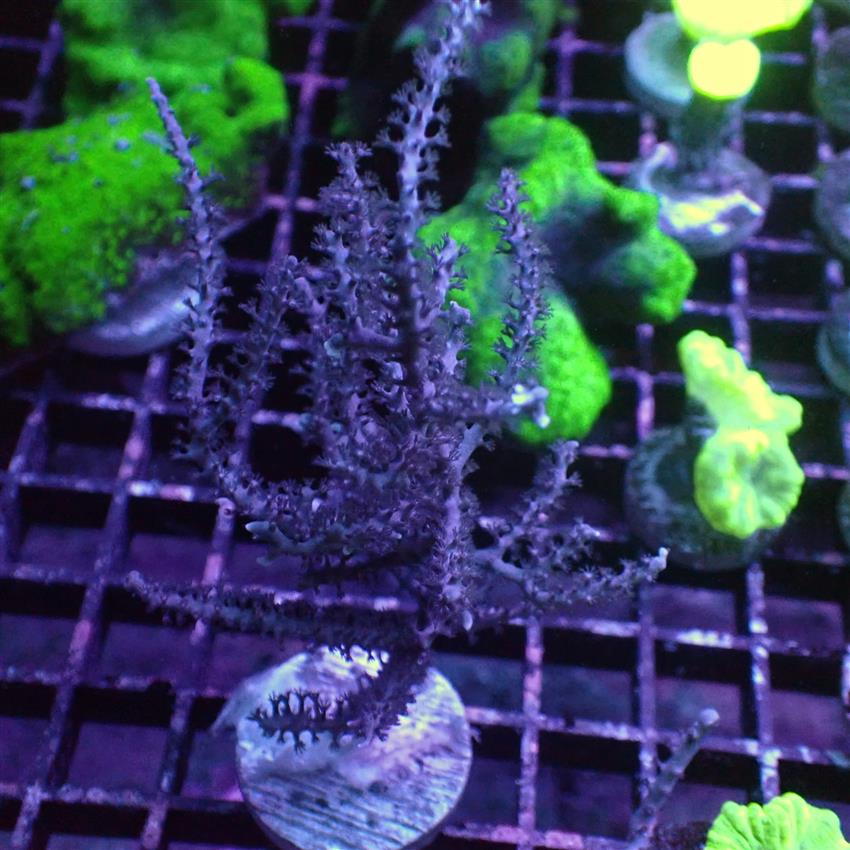
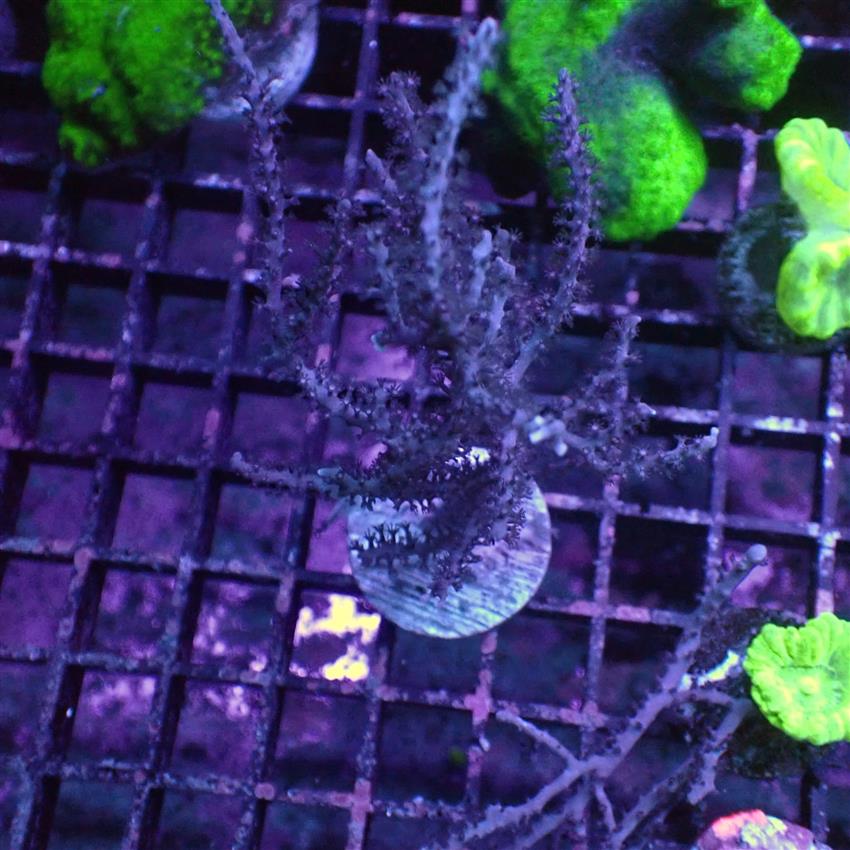
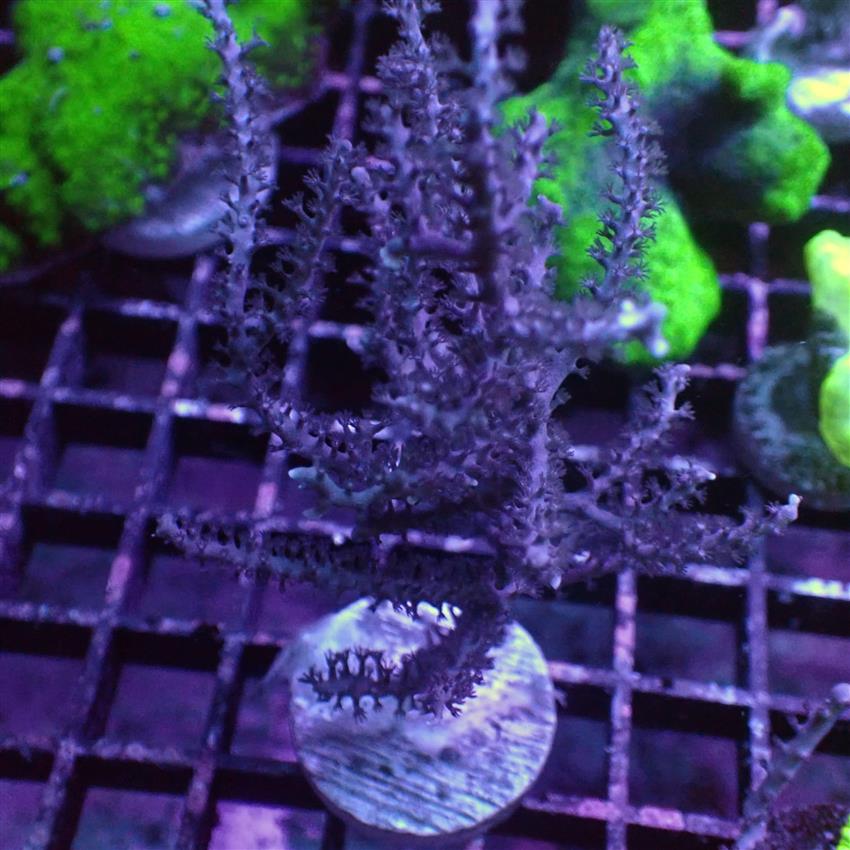
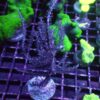
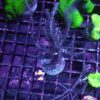
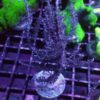
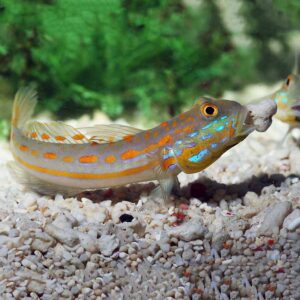
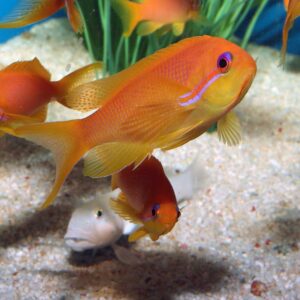
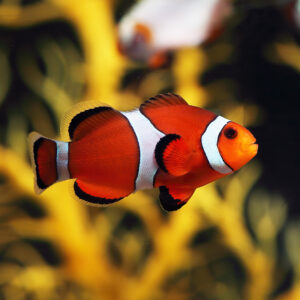
Reviews
There are no reviews yet.